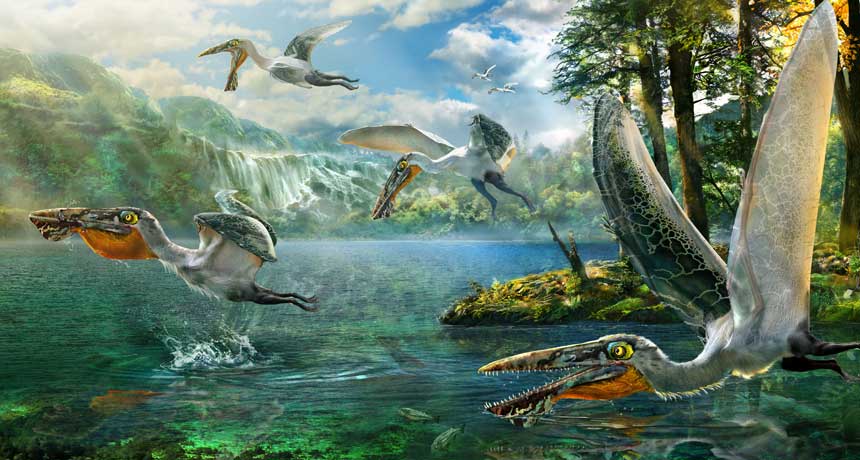Questions for ‘That’s no dino!’

Children’s books often refer to many of the big reptiles — such as flying pterosaur depicted here, the Ikrandraco avatar — as dinosaurs. They aren’t, although they did share the dinos’ environment.
CHUANG ZHAO

Children’s books often refer to many of the big reptiles — such as flying pterosaur depicted here, the Ikrandraco avatar — as dinosaurs. They aren’t, although they did share the dinos’ environment.
CHUANG ZHAO